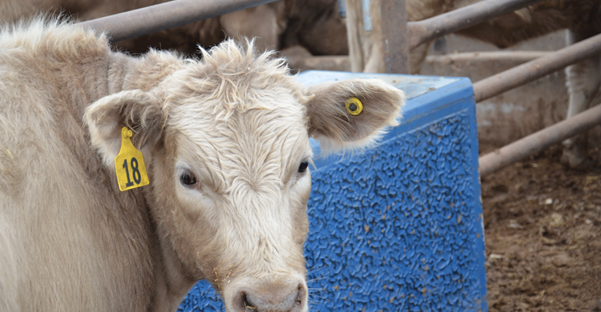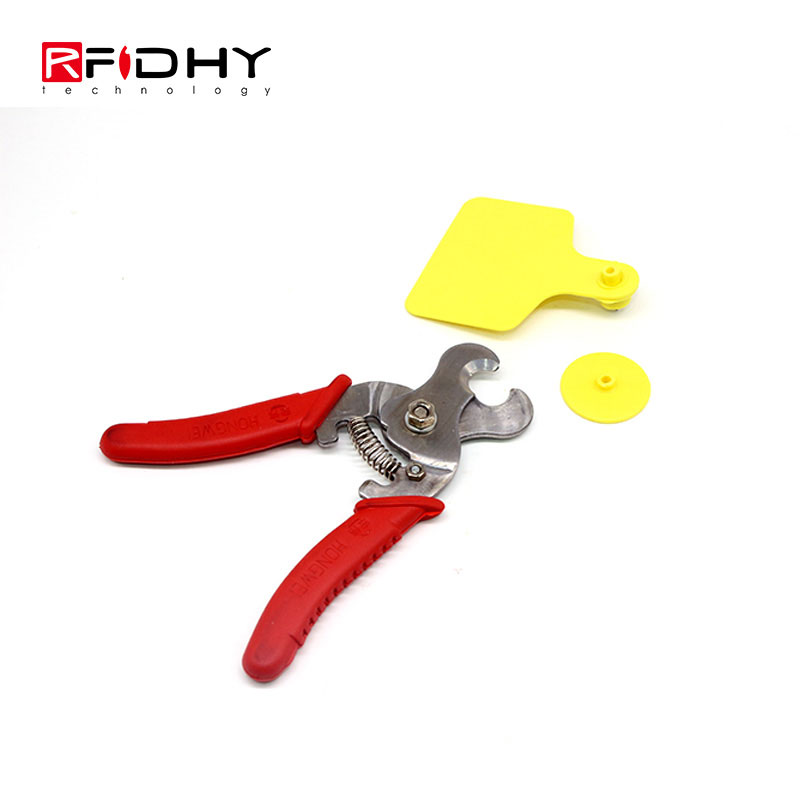Ear tagging is an important part of livestock management. Tagging is done to identify and monitor the animal. Also, it is important that they are tagged in a proper manner. While, tagging an animal it should be ensured that they don’t get infected and the tags shouldn’t get lost during the lifetime.
 What is an ear tag?
What is an ear tag?
Eine Ohrmarke ist ein Kunststoff- oder Metallobjekt, das eine Identifikationsnummer trägt und in den Ohren eines Tieres platziert wird.. Das neue elektronische Identifikations-Tag (EID) verwendet Radio Frequency Identification Device (Rfid) Technologie für eine effizientere Tierhaltung. Diese elektronischen Tags verwenden die EID-Nummer oder die Verwaltungsnummer auf der Taste, die auf der Rückseite des Ohrs des Tieres platziert wird.. Die Informationen auf dem Tag werden mit Hilfe von Funkwellen gelesen und gespeichert.
Wie wird ein Ohrschild auf das Tier aufgetragen??
Ein Ohrschild trägt die fünfzehnstellige eindeutige Animal Identification Number (Ain) zusammen mit wenigen anderen Details wie Property Identification Number. Die AIN besteht aus einem 3-stelligen Firmencode und einer 12-stelligen Einzeltiernummer. Es kann von Hand oder von einem Ohrmarken-Applikator aufgetragen werden. Ein Tier kann auf einem Ohr oder beidem, abhängig vom Zweck der Kennzeichnung. Der Knopf wie RFID-Chip wird am Ohr in einem Prozess ähnlich dem Piercing des menschlichen Ohres befestigt. Ein ID-Reader wird verwendet, um die Daten dieser Tags zu scannen und zu sammeln., die dann heruntergeladen und auf einem Computer gespeichert wird. Dieser Prozess verringert die Fehlerwahrscheinlichkeit und führt eine Aufzeichnung aller Daten, die sich auf ein Tier beziehen, an einem anderen.
 The following points should be paid attention to in daily use and maintenance of animal ear tags:
The following points should be paid attention to in daily use and maintenance of animal ear tags:
- Settle the animal- Secure the animal and stabilize its head before tagging. An unstable animal can lead to wrong tagging and injury to the animal as well as the person who is tagging the animal. Use a cattle chute with a head gate for tagging cattle, and hog boards for pigs. Und, hold the head of goats and sheep to keep them firm and stable.
- Choose the correct tagging point – Place the tag in the middle third of the ear between the upper and lower ribs. Tags placed outside the recommended area can be snagged and ripped out, and tags too close to the animal’s ear can cause pinching or necrosis.
Apply an Electronic identification (EID) tag with the visual panel. Place male portion of the tag on the outside back of the ear with the EID button and female portion inside the ear.
- Use the applicator correctly – Place half of the tag onto the applicator. The stud should be completely onto the applicator pin and the button portion under the opposite clip. Ensure that the applicator pin is not bent or broken and the applicator is correctly aligned before tagging the animal. Once placed properly at the tagging point, firmly and quickly close the applicator and release. Thereafter, inspect the animal ear to check if tagging is done properly and record the animal data.
- Monitor infections – After the animal is tagged, watch for any infection. Apply hydrogen peroxide to the tagging point for a week to prevent the animal’s ear from getting infected. Consult a veterinarian if any serious infection occurs.
- Check EID number – When using EID tags, ensure that the number printed on the visual panel, which is the male portion of the tag should match with the 15-digit number on the electronic tag button which is the female portion.
 You may need to remove a tag in case of infections, or if the is placed wrong or when the animal is going to the slaughter house. You can remove the ear tags with an ear tag cutter which has a rubber non-slip handle. Follow the process while removing the tags:
You may need to remove a tag in case of infections, or if the is placed wrong or when the animal is going to the slaughter house. You can remove the ear tags with an ear tag cutter which has a rubber non-slip handle. Follow the process while removing the tags:
- Place the hook between the male side of the tag and the animal’s ear in a way that the blade encircles the stem of the tag.
- Firmly hold the handle and gently pull on the hook while moving it up and down in a twisting motion. The blade will slice through the stem. Don’t tug too hard as this can tear the animal’s ear.
- Clean the tag point with an antiseptic or apply hydrogen peroxide to prevent an infection
- Tattoo the tag number to the inside of the animal’s ear with a handheld animal tattoo outfit and antiseptic ink so that the animal can still be identified without an ear tag.





